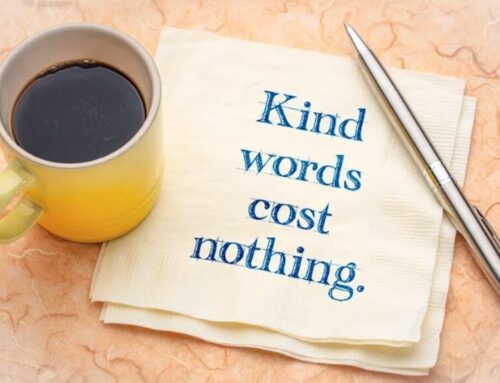
When tensions rise in the workplace or during group collaboration, leaders are often faced with a critical question: Should we bring in a mediator or a facilitator? While both roles help groups navigate conflict and communication challenges, they serve distinct purposes. Understanding their differences can help HR professionals, team leads, and executives choose the right approach for the situation.
The Core Distinction
At Pollack Peacebuilding, we often refer to mediation as peacemaking—an intentional and relational process focused on restoring harmony and understanding between individuals in conflict. While both peacemaking and facilitation are valuable tools for communication, they differ in scope and intention.
Peacemaking (mediation) is typically used to resolve a dispute between individuals or parties. The goal is to come to a mutually agreed-upon solution. A facilitator, on the other hand, helps guide a group discussion, often without a specific conflict in mind, to promote clarity, collaboration, or decision-making.
What Is Peacemaking (Mediation)?
Peacemaking is a structured process led by a neutral third party who helps individuals in conflict explore their concerns, needs, and possible solutions. It often involves:
- Confidential sessions
- Voluntary participation
- A focus on resolution and compromise
Best used when:
- Two people are in conflict and need support reaching agreement
- There’s a breakdown in communication or trust
- Legal or HR involvement is looming but you’d prefer a private, voluntary process
Types of Peacemaking (Mediation):
- Shuttle Mediation: The peacemaker moves between parties who are not in the same room
- Peer Mediation: Used in schools or workplaces, peers help mediate disputes
- Group Mediation: Facilitates resolution among multiple parties
What Is Facilitation?
Facilitation focuses on helping a group have productive conversations. The facilitator does not make decisions or resolve disputes directly—they help groups:
- Stay on track
- Hear all voices
- Make shared decisions
Best used when:
- A team is having difficulty making decisions
- There’s tension, but not direct personal conflict
- You’re planning a retreat, feedback session, or brainstorming meeting
Facilitation Approaches:
- Consensus-Building: Aiming for collective agreement
- Strategic Planning Facilitation: Structuring complex problem-solving discussions
- Dialogue Circles: Used to build understanding and empathy
Choosing the Right Tool: Decision Framework
Ask these questions:
- Is the primary issue between two individuals or within a group?
- Is there a specific conflict that needs resolution, or a broader need for improved communication?
- Do the parties want a binding solution or an open discussion?
If the answer involves emotional tension, broken trust, or a need for resolution—peacemaking (mediation) is likely best. If the issue is more about process, collaboration, or team dynamics, facilitation is likely a better fit.
Example Role-Play Script: HR Peacemaking
Scenario: Two team members are clashing over project responsibilities.
Peacemaker Opening: “Thank you both for being here. My role is not to take sides or make decisions for you, but to help facilitate a conversation that can lead to understanding and ideally, resolution. Let’s start by hearing each of your perspectives.”
Example Role-Play Script: Team Facilitation
Scenario: A creative team is struggling to agree on a campaign direction.
Facilitator Opening: “Let’s begin by reviewing our goals for this meeting. I’ll help ensure everyone has space to share ideas and we’ll use a structured format for decision-making.”
Final Thoughts
Both peacemaking and facilitation can support healthier communication—but they are not interchangeable. Knowing when and how to use each tool can dramatically improve outcomes, preserve relationships, and restore momentum.
Looking to train your team in facilitation or peacemaking skills? Connect with us to learn more about our workshops and consulting options.

About the Author: Jeremy Pollack
Jeremy Pollack, Ph.D. is the founder of Defuse De-Escalation Training, a sister company of Pollack Peacebuilding Systems, the largest workplace conflict resolution training and consulting firm in North America. He actively participates in de-escalation training and consulting initiatives for a variety of industries, from Fortune 500 companies to well-known non-profits. Besides his Ph.D. in Psychology from Grand Canyon University, Jeremy holds a Master’s Degree in Negotiation, Conflict Resolution, and Peacebuilding (NCRP) from California State University, Dominguez Hills. He is also a member of several organizations focused on conflict resolution and peacebuilding, such as the Peaceful Leadership Institute, the Association for Conflict Resolution, and the Division 48 (Division of Peace Psychology) of the American Psychological Association. Jeremy also holds several certifications in the field of training and coaching: he is a Certified Organizational Development Coach (CODC™), a Certified Clinical Trauma Specialist-Individual (CCTS-I™), and an Associate Certified Coach (ACC) under the International Coaching Federation.









